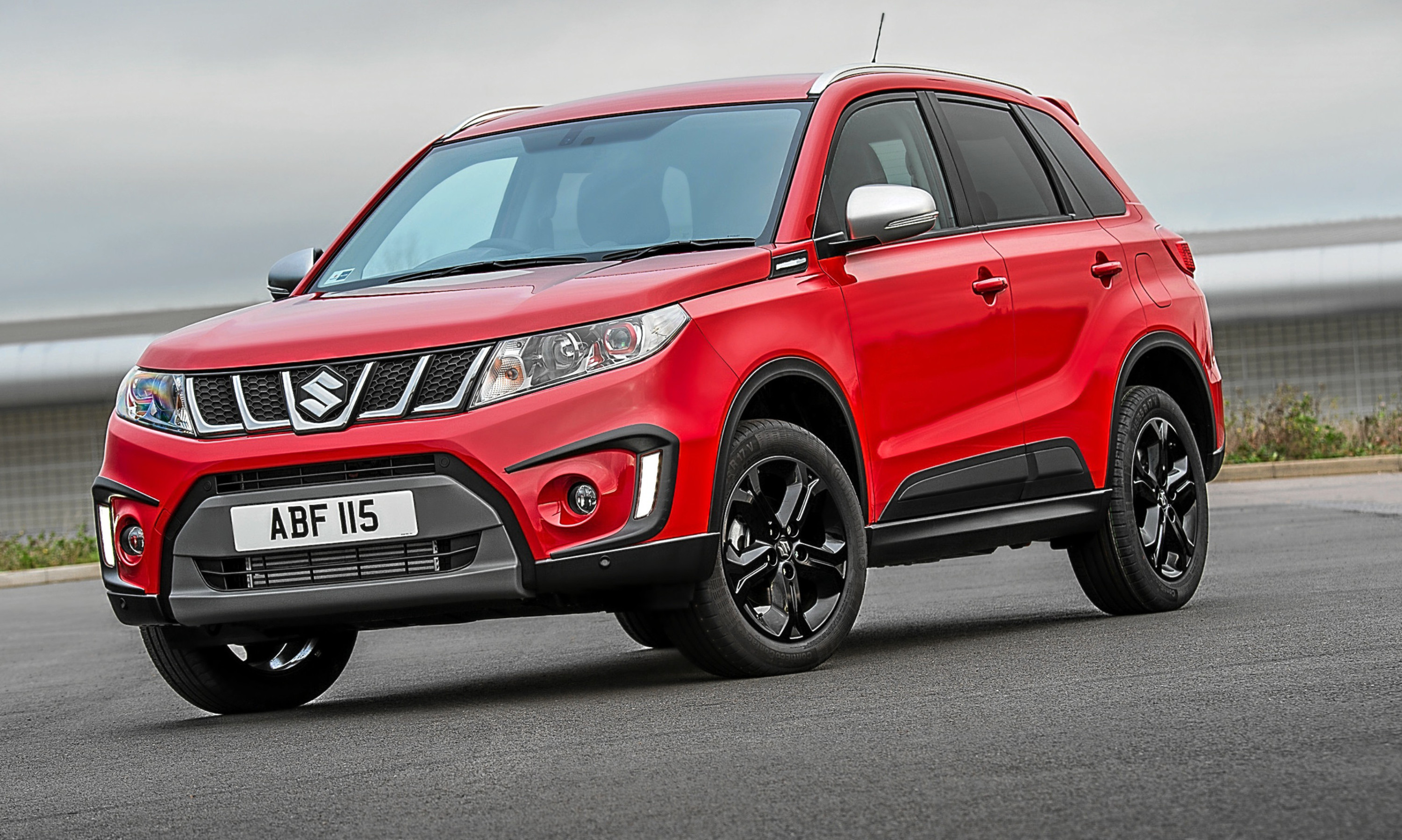When it comes to small SUVs Suzuki has a far longer and more storied pedigree than the majority of its upstart rivals.
Where once, back in the 1990s, the Vitara stood alone, today it has to compete against a raft of crossover models from much bigger manufacturers with larger design budgets.
The new Vitara was launched last year and given a warm reception by press and public alike.
It’s an easy driving, offbeat alternative to more mainstream contenders like the Nissan Juke and Renault Captur.
And because many models come with Suzuki’s clever AllGrip four-wheel drive system, it’s one of the few cars of its type that can handle itself off-road.
It’s a handsome machine with sharp, assured lines. Squint a little and you could almost be looking at a shrink-wrapped Range Rover Sport.
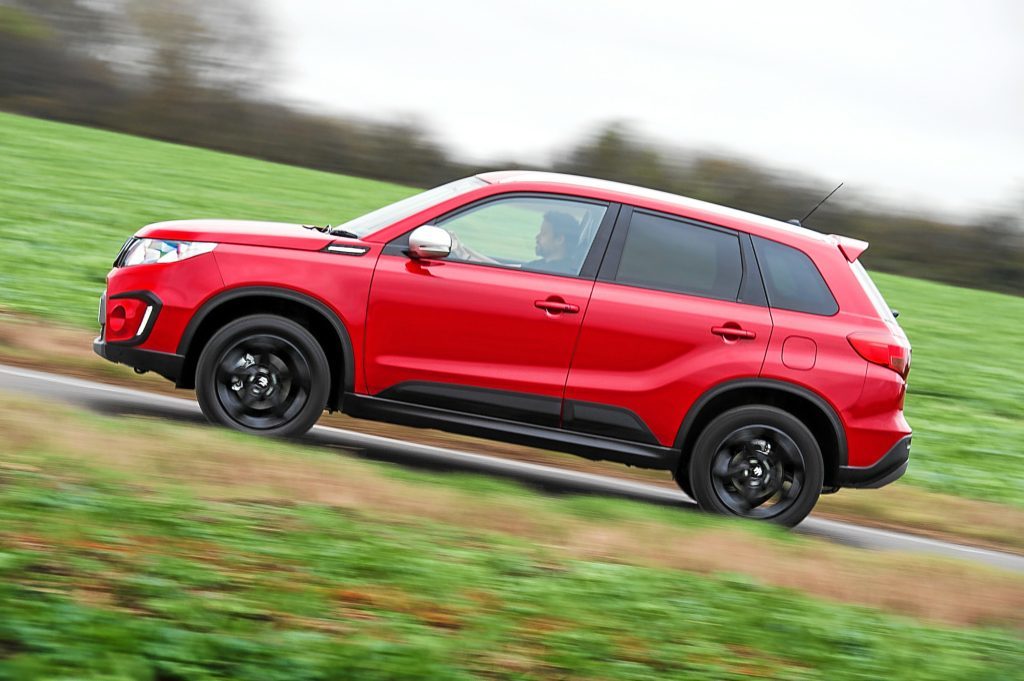
One of the few criticisms levelled at the fourth generation Vitara was the lack of a great engine – a mediocre 1.6 petrol and an unrefined diesel were your only options.
Suzuki has now remedied that with the addition of a turbocharged 1.4 litre petrol unit. It produces 138bhp and returns 52.3mpg on the combined cycle.
Suzuki has taken the opportunity to tweak the suspension, giving it an ever so slightly sportier ride, and added a few cosmetic upgrades inside and out.
One of the Vitara’s strong points is price: an entry level car costs just over £15,000.
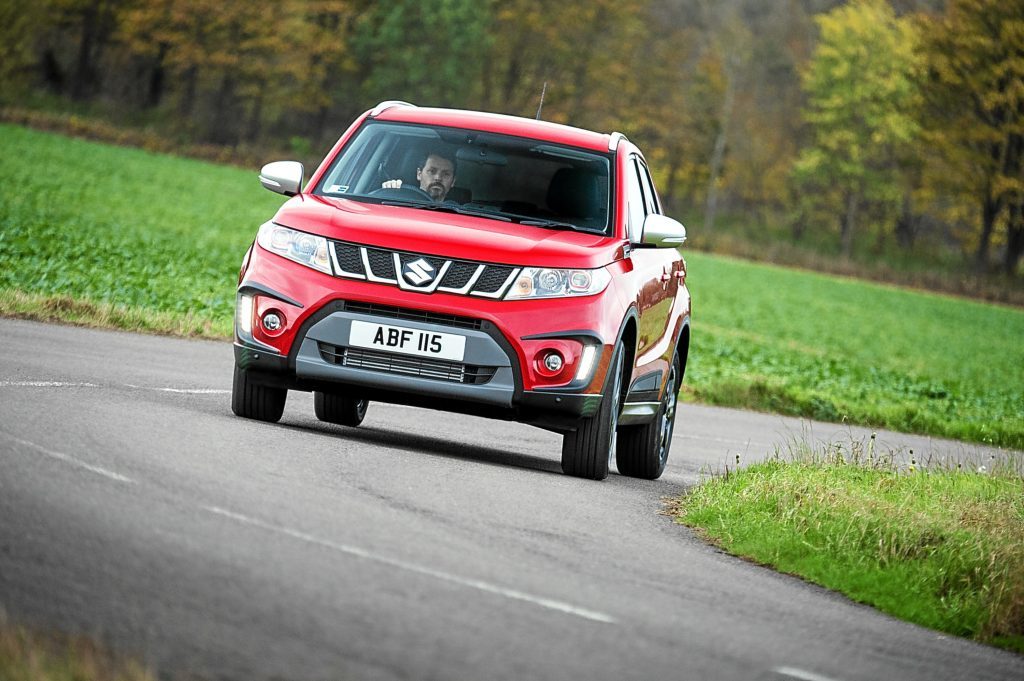
The 1.4 engine sits higher up the range in a flagship model with lots of standard kit and four-wheel drive. That means the price tag is a heftier £20,899 and Suzuki estimates it will account for around a fifth of UK Vitara sales.
So what’s the engine like? Really rather good indeed is the short answer.
A lot of manufacturers are using small turbocharged petrol engines to get similar economy to a diesel without the additional weight and cost (not to mention those nasty particulates).
Suzuki’s addition is one of the best of these. It has reasonable punch, with 0-62mph coming up in a smidgeon over 10 seconds, and it’s admirably frugal.
I didn’t manage to get the claimed economy figure but 43-44mpg in real world driving is easily achievable.
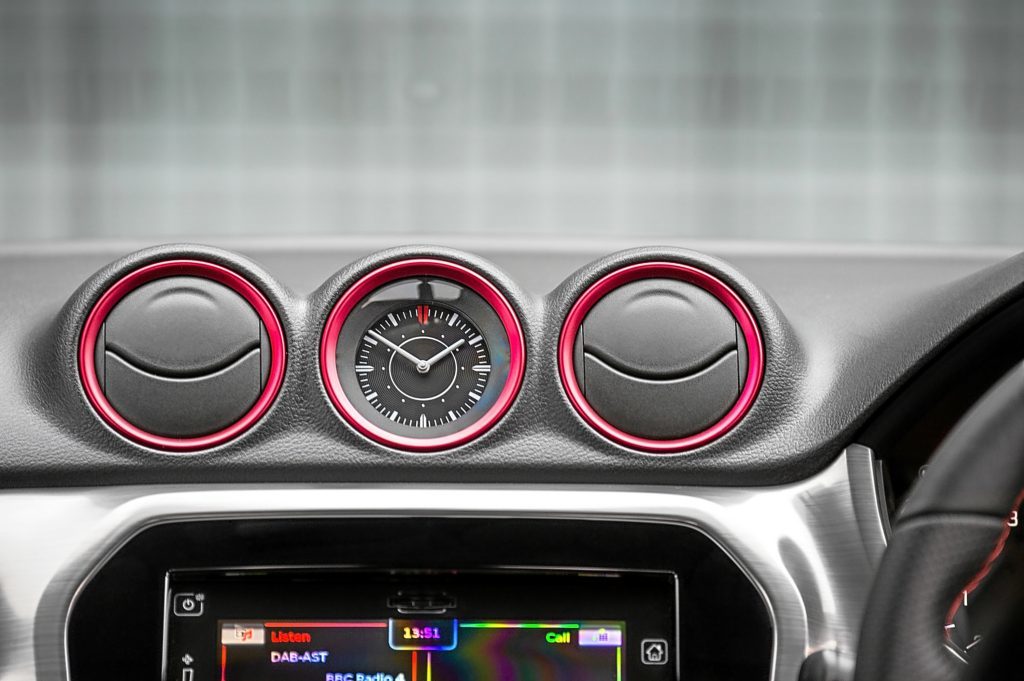
Those are both good things. It’s greatest strengths are its flexibility and refinement, however.
It’s an engine that likes to be revved, gaining a faint sporty rasp as you near the redline and never sounding strained.
It’s also terrifically quiet, generating only a muted background hum at motorway speeds. Emissions are 127g/km, which translates to £110 a year in VED.
The Vitara’s an easy car to drive. It’s very lightweight, with an easy-changing gearbox and nicely weighted pedals.
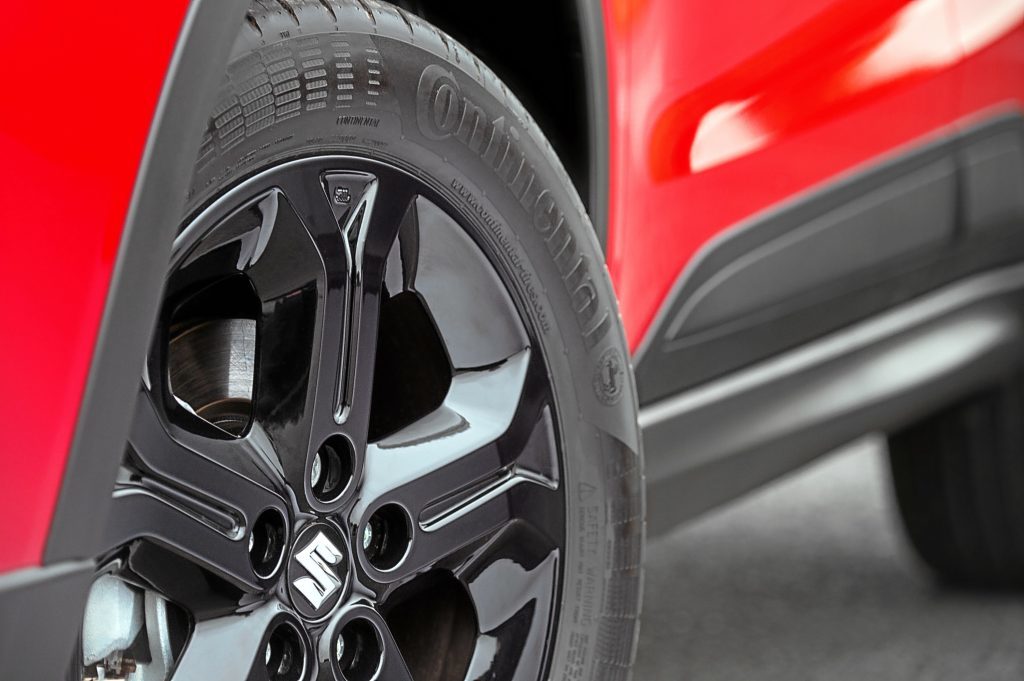
While the engine is nice and quiet, the Vitara suffers from more wind and tyre noise than its rivals. It only really manifests itself at 70mph but it does mean rivals like the Nissan Juke and Skoda Yeti have noticeably quieter cabins at these speeds.
The Vitara is bigger inside than most of its rivals – the capacious Yeti excepted – and a large boot make it one of the most practical cars in its class. The four-wheel drive system is excellent, running mainly in front-wheel mode for economy and switching to all-wheel grip if the car senses more traction is needed.
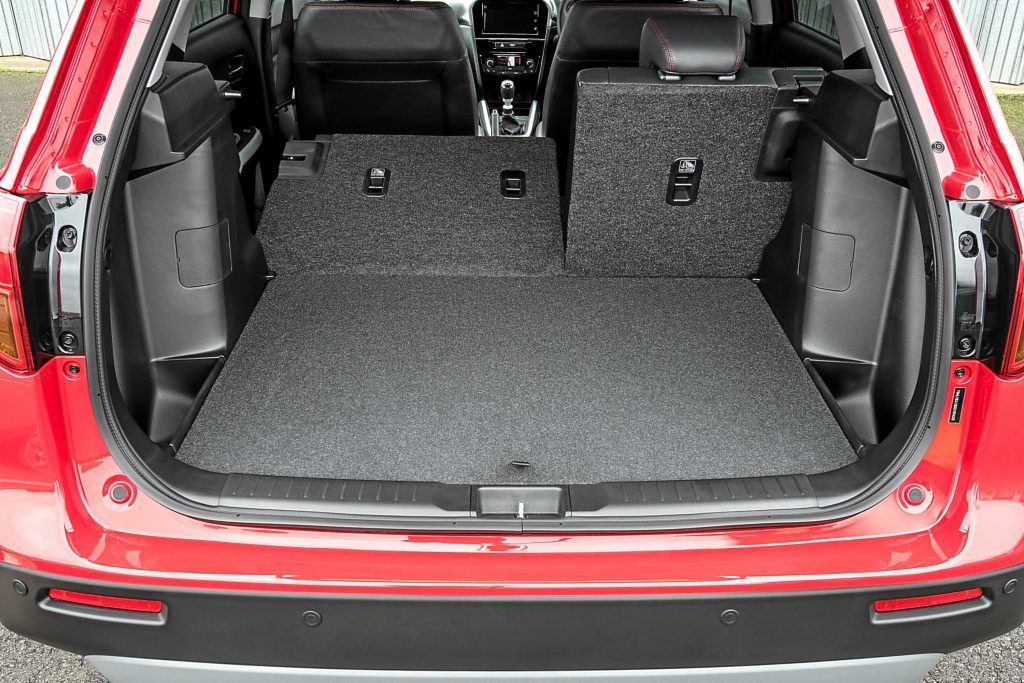
Although it costs almost £21, 000 in this form, the Vitara’s thoroughly well equipped, with reversing camera, all round parking sensors, keyless entry and start, part leather seat, LED headlights and more.
It’s a good car and buying one sets you apart from the crowd.
Price: £20,899
0-62mph: 10.2 seconds
Top speed: 124mph
Economy: 52.3mpg
CO2 emissions: 127g/km
